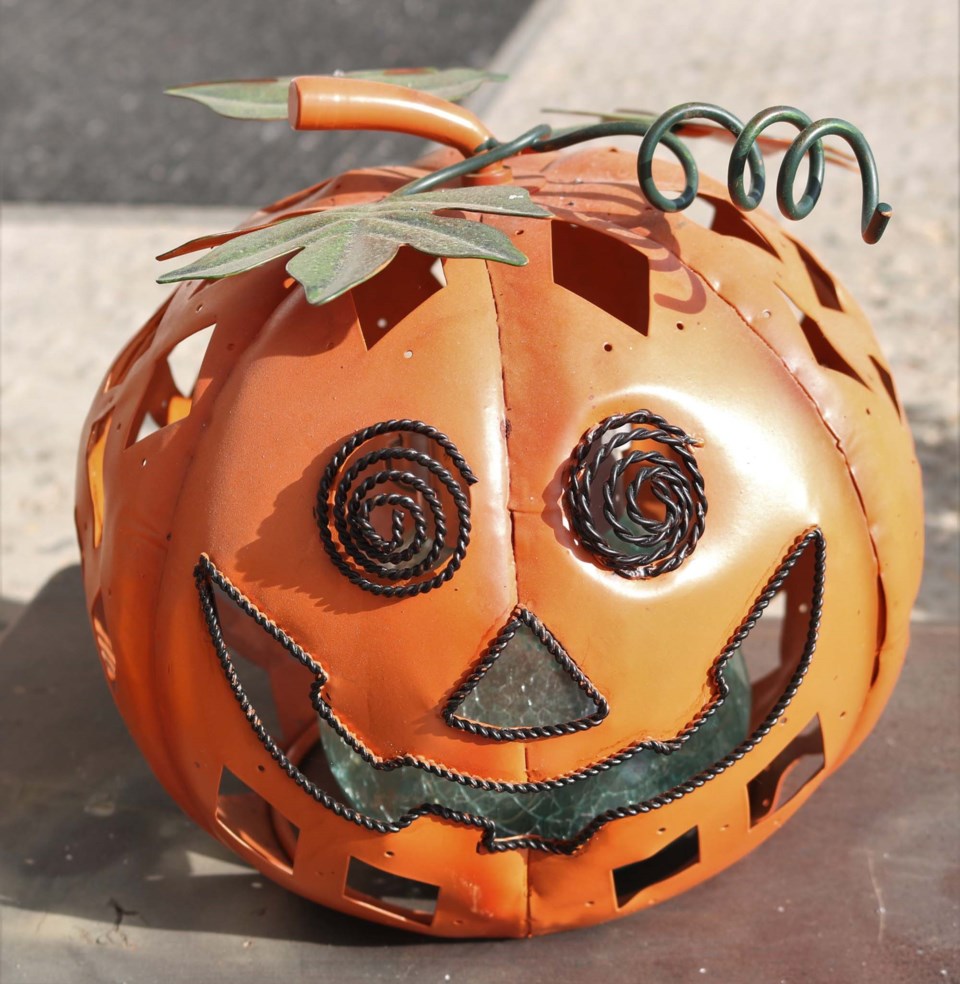There are many plants with eerie names…but luckily, beautiful or interesting qualities. “Dragon’s Blood Sedum”, sedum spurium, might sound frightening, but it’s a beautiful ground cover and hardy in our zone. The leaves turn a luscious red as cooler temperatures arrive and it is easy to propagate this plant simply by letting the stems anchor against the soil, where they will sprout roots.
Japanese bloodgrass , imperata, has stems of bright red, and while this plant is an interesting specimen, it does not always do well in our climate. But if you like a challenge and are willing to give the plant a little extra protection, it is worth a try.
How about the spider flower, also known as cleome. This is a lovely plant, very unusual with pink, white or mauve flowers on long stems. The long stamens look like spiders. Because of the slightly thorny stems, I have read that deer do not like this flower.
A shady spot in our yards would love the dainty “bleeding heart”, dicentra. The heart shaped flowers of this perennial are a lovely and loved old fashioned addition to any garden. Meanwhile, a sunny or partly shady corner of our gardens would welcome the Chinese lantern,
physalis alkakengi. This perennial is best known for bright orange “lantern” pods that appear in the fall. It is very pretty in dried arrangements, but be wary, this plant can spread aggressively by rhizomes if it likes where it is living!
Witch Hazel, hamamelis viginiana, is a shrub with interesting crooked branches. Seeds grow in pods, and when they burst open, they fire out at an astonishing speed! It will grow in zone 3a ( Yorkton is 3b, same as Dauphin; you can find out planting zones at plantmaps.com) but in a more sheltered location could possibly do well here, if you want an interesting and different plant. This plant is said to be able to detect underground water and salt…spooky!
Though this is a plant that most of us won’t be trying to grow, it is an interesting plant with a creepy name: the corpse flower, amorphophallus. This plant is considered one of the largest plant flowers in the world. The plant springs from a bulb, and the flower is a very large spathe best known because it smells like rotting meat. The reason? It likes to have flies come around as pollinators, and the flies love the scent, even if the rest of us don’t!
Thank you for our friends at YTW for their hard work. Visit the Yorkton Hort society at www.yorktonhort.ca and see what’s new. Happy birthday Keith…and happy Halloween to all guys and ghouls!




